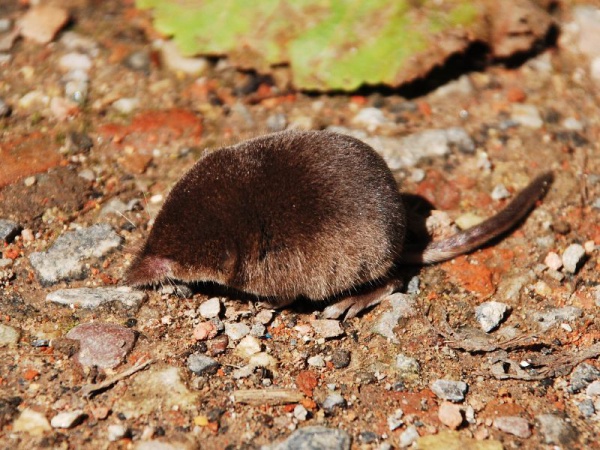Facts About Eurasian pygmy shrew
The Eurasian pygmy shrew, often simply referred to as the pygmy shrew, is a small yet fascinating creature found throughout northern Eurasia. It holds particular significance as the only shrew native to Ireland. This tiny mammal, weighing approximately 4 grams, exhibits remarkable activity, scurrying about both day and night in search of food. The pygmy shrew inhabits the undergrowth and leaf litter, where it feeds on small insects and invertebrates to sustain its high metabolism. Remarkably, it must eat roughly every two hours to maintain its energy levels.
Regarding reproduction, the Eurasian pygmy shrew is notably prolific. From April to August, females give birth to litters ranging from two to eight offspring, and they can produce up to five litters per year due to a brief gestation period of just over three weeks. The young are nurtured in snug underground nests, but despite this high reproductive rate, these shrews have a short lifespan of just over 15 months.
In an unexpected development, April 2008 saw the arrival of the greater white-toothed shrew in Ireland. While this newcomer might contribute to bolstering populations of threatened birds of prey like the barn owl, it also poses a threat to the native Eurasian pygmy shrew. The greater white-toothed shrew could outcompete the pygmy shrew for food and habitat, potentially leading to a decline in the population of the native species.

 Sweden
Sweden